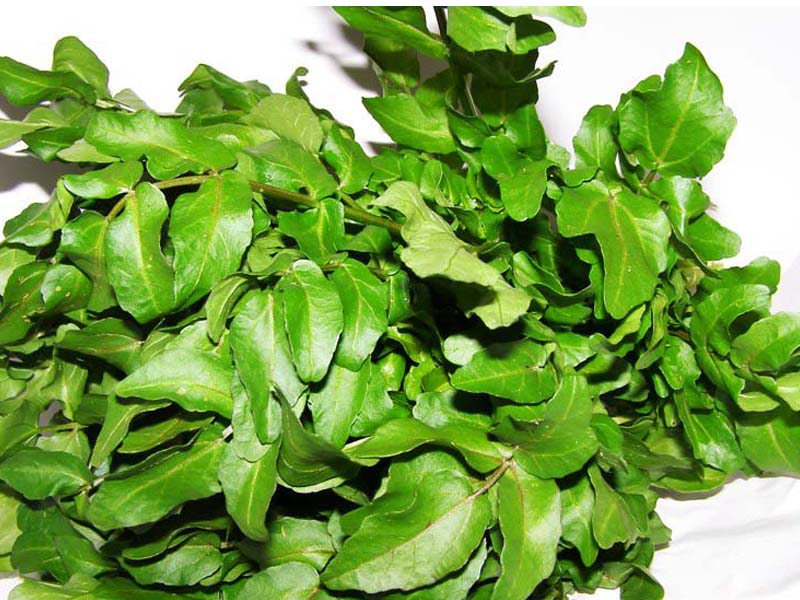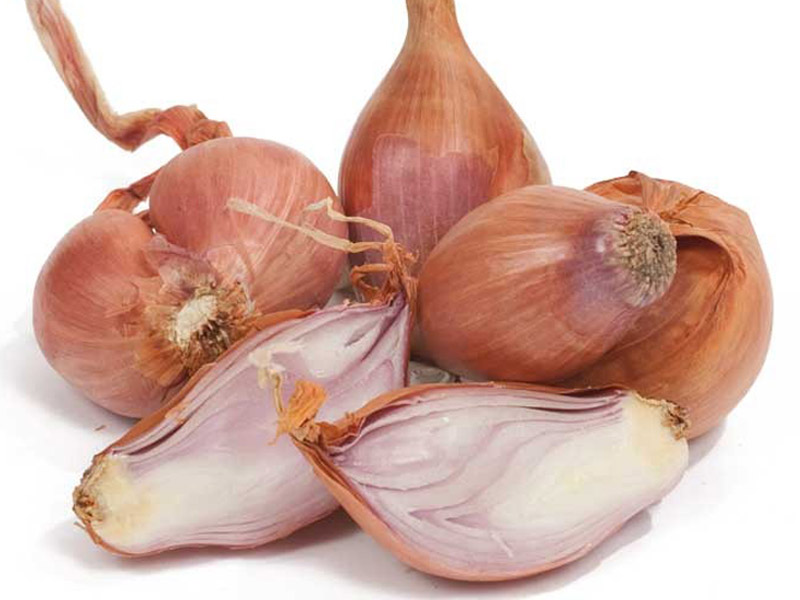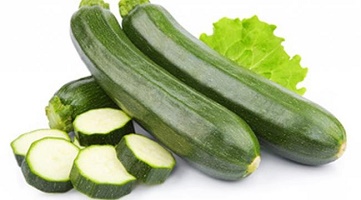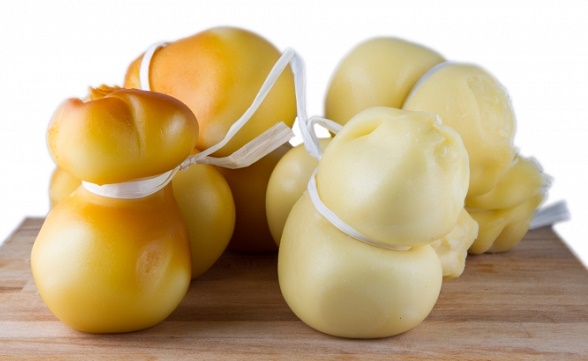
Artichoke: the plant
The artichoke has the scientific name of Cynaria scolymus and is part of the Asteraceae family. The plant is very present in Italy where it is beloved and very used so that the country is both the largest producer and the largest consumer. In addition to nutritional using, there is also a pharmaceutical use of the plant, a herbaceous perennial.
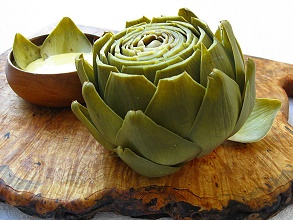
The artichoke is presented with a long stalk that can reach about a meter and a half high, the roots of which are represented by a rhizome. The leaves are polymorphic and thorny, but they represent the heart of the plant food. The flower instead, occupying the center of the leaves collected on top of the stem, is a great peep of about 10 centimeters with a beautiful purple color. The heart, the edible part, consists of bracts, a fake flower which consist, in truth, by leaves.
Italy has always been at the center of the story of the artichoke, as well as it believed that its domestication from the original wild species is happened in Sicily, in Iº century BC. The Sicilian is in fact, even today, the oldest cultivar known today, much like the wild species. This is still grown in the Mazzarino area. Here it was eaten already at the time of the Romans and the Greeks who saw it as an aphrodisiac.
Only in the fifteenth century, however, the artichoke seems to come to the north of Rome, and it is reported in Tuscany. Then thanks to Catherine de’ Medici also arrives in the France of Henry II, becoming a product consumed in the court also by successive kings. In 1530, the artichoke is introduced in the Netherlands and is beginning to be raised in the royal gardens. Then it came also introduced to the Americas, in the current states of Louisiana and California.
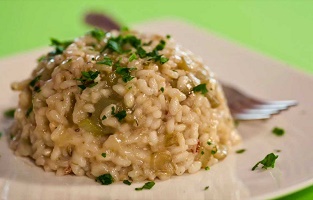
Artichokes: the species
The artichoke varieties that are grown for food and pharmaceutical purposes are different and are distinguished by color and behavior.
The main cultivation are in Italy and Spain, as well as in Egypt. We find in the Italian Brindisi area, the Paestum PGI. Then the Spinoso Sardo (Sardinian Thorny) which is located in the island, that in Liguria, as the Spinoso d’Albenga. In Italy are present also the Catanese, the Mammola Verde, the Verde Palermo, the Romanesco (typical of Rome area, and very famous), the Violetto Toscano (Tuscan Violet), that of Niscemi and that of Provence, the Precoce di Chioggia (early of Chioggia) and the Mazzaferrata di Cupello. The Catanese, the Provenzale and the Sardinian were very cultivated in the past as well as the Romanesco.
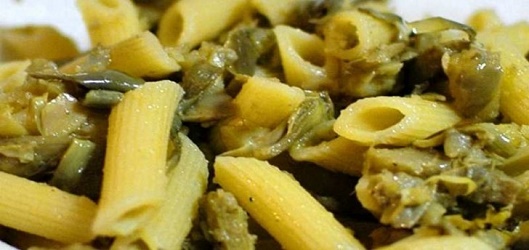
Artichokes: features
The artichoke is grown in particular in the Mediterranean which has 60% of world production that in his total comes to more than a million and a half tons. As we said Italy is the leading producer, followed by Egypt and Spain. Italy still holds 30% of total production, with Sicily, Sardinia and Apulia the most committed regions.
The artichoke is a native of the Mediterranean area which remains his favorite environment. When the weather is very hot, cultivation is forced to anticipate the crops. Reproduction occurs both sexually and through the division of rhizomes. The production usually takes place in autumn although the plant can produce all year.
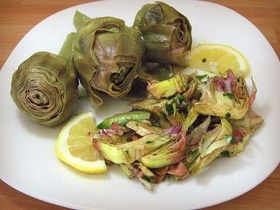
The artichokes are rich in water and carbohydrates, in particular fibers, and inulin, and then phosphorus, calcium, potassium and sodium. They also provide some vitamins. Their pharmaceutical use is due to the presence of metabolites, chlorogenic acid, flavonoids and lactones.
The artichoke is useful for the liver and bile as well as to help the ejection of cholesterol. It helps fight the functional disorders of the gallbladder, and is an anti-inflammatory to the gut. It’s a great purifying as well as being good for poisoning, rheumatism and arthritis.
Artichokes in the kitchen
In the kitchen, the artichoke is the most varied uses in many regional preparations also depending on the type used. If the artichokes in Campania are roasted because of the hardness of the leaves, with the soft Romaneschi (from Rome) are prepared the famous artichokes, simple but just as tasty. In Rome, artichokes are very traditional, both for Roman people than for the large Jews community that lives in the capital since centuries ago. While the artichokes are simply cooked in olive oil, to the Roman ones, equally famous, they are cooked in sauce with parsley and mint (a la Romana). Another Roman specialties are the fried artichokes in batter, the tradition of Christmas in the capital, the very famous artichokes a la Giudia (Jews artichokes). One of the regions most uses artichokes is Liguria, with many spring recipes including the famous Pasqualina cake.
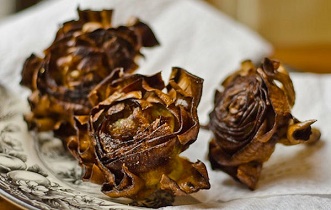
But with artichokes it also cooked pastas and risottos, preparing salads and quiches. There are also excellent artichokes in oil, served as appetizers or for pizza. The artichokes in oil are also much used for salads while for pasta in general should be used by the soft variety and leaves a long cooking with the help of vegetable broth. With the artichoke is cooked also the delicious omelette, very popular in Rome. The food industry then in Italy produces the famous Cynar, for decades the distillate of artichokes to be enjoyed chilled.

